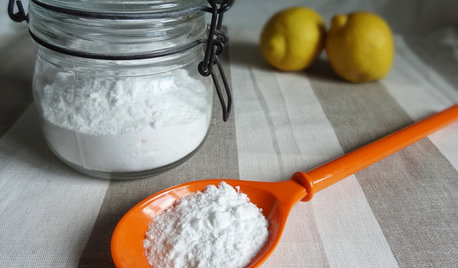I'm tired of tearing out bamboo to make room for figs and have a ramble, a solved mystery to share that some I hope may find interesting and might even help someone.
Have a friend that I got in to growing blueberries. He decided he wanted to grow them in pots so he got a bunch of those blue 55 gallon plastic drums cut them in half drilled holes in the bottom to make two 30 gallon squatty pots. He filled the pots with a 3-1 mix of pine fines and peat with
a scoop of used coffee grounds in each pot and the top mulched with pine needles. I got 30 or so BB plants for him a combination of Emeralds, Jewels and sweetcrisps. We set up a water sysyem with conduit risers, sprayheads and a timer and he was good to go. I thought twice a week watering should be perfect but he set the timer for an hour every day which I thought was a mistake....but not my
plants. I got the fertilizer for him same stuff I used and he fertilized on my same schedule. Dry fertilizer only BB special from Helena chemical and he used no ammonium sulfate. Fast forward 1.5 years.......
This past summer his plants were HUGE......some of the biggest thickest bull shoots I have ever seen as well as leaves on the bushes that I kid you not were 5" long and pushing 3" across. Words do not do these young plants justice but these 3 year old Emeralds look like 7 year old monsters just loaded down now with fruit buds.
Knew I had to try and figure out what the difference was so we started brain storming our differences. We are only a couple of miles apart as the crow flies. I am at 42 feet above sea level on a lake and he is up on a hill and is 95 feet above sea level. He is quite a bit cooler than I am in the winter and he is hotter than I in the summer all due to the lakes influence on my temps. Now he does add azomite to his plants which I have not (though I am going to start) but I did not think that was it. Today I was at his place and when I came home I brought a gallon of his well water with me.
I devised a very simple experiment. First I tested my well water PH and it came back at 7.2. I then tested his PH and it came back at 7.3. I had to mess with volumes of water and 33% sulfuric to come up with an amount but finally settled on a level full 20 oz soda bottle of water which is 22.3 ounces and 1/2 of a Ml of acid measured with a fine syringe. Added the 22.3 ounces of my well water to a glass container then added the 1/2mL of 33% sulfuric acid and agitated for 10 seconds. Frothing happened which showed the acid was reacting to the bicarbonates in my water. When the PH was taken it had fallen from 7.2 down to 6 which showed the 1/2 mL had neutralized all of the bicarbonates and had enough acid left over to start lowering the PH. Next I took my friends well water and did the same experiment. I knew right away there was a difference as his water did not froth at all when agitated. After the 10 second agitation I tested the PH and it had fallen from PH 7.3 to just under PH 3. A huge difference and I had my answer. I repeated the experiment 3 times each and the results were the same. I was curious just how soft his water was so I again used 22.3 ounces of water but this time used just a single drop of acid. When tested the water PH had dropped, not by much but had dropped showing that his water has almost no bicarbonates.
What this all means is a couple miles can make a big difference. More than that I believe it is his hill as his well must be drawing from a perched water table, basically sand filtered rainwater. It goes to show that PH of irrigation water means very little when growing plants and what does matter is just how high or low your bicarbonate load is in your water.
Now that I am acidifying my BB water and over time as that acid neutralizes some of the bicarbonates in my soil I am interested in what changes I will see. Don't get me wrong my BB plants do fine and fruit well but I know they are not performing as well as they could be.


















Bradybb WA-Zone8
blueboy1977
Related Professionals
Clark Landscape Architects & Landscape Designers · Folsom Landscape Architects & Landscape Designers · Glen Ellyn Landscape Architects & Landscape Designers · Middle River Landscape Architects & Landscape Designers · River Forest Landscape Architects & Landscape Designers · Mount Wilson Landscape Architects & Landscape Designers · Brookside Landscape Contractors · Alamo Landscape Contractors · Ashburn Landscape Contractors · Cambridge Landscape Contractors · Columbine Landscape Contractors · El Reno Landscape Contractors · Kearny Landscape Contractors · Oxnard Landscape Contractors · Tavares Landscape Contractorsbamboo_rabbitOriginal Author
gonebananas_gw
Bradybb WA-Zone8
bamboo_rabbitOriginal Author
ericwi
bamboo_rabbitOriginal Author
lucky_p
ericwi
Michael
Michael
riverman1
ericwi
bamboo_rabbitOriginal Author
Michael
riverman1
bamboo_rabbitOriginal Author
Michael
bamboo_rabbitOriginal Author
ericwi
riverman1